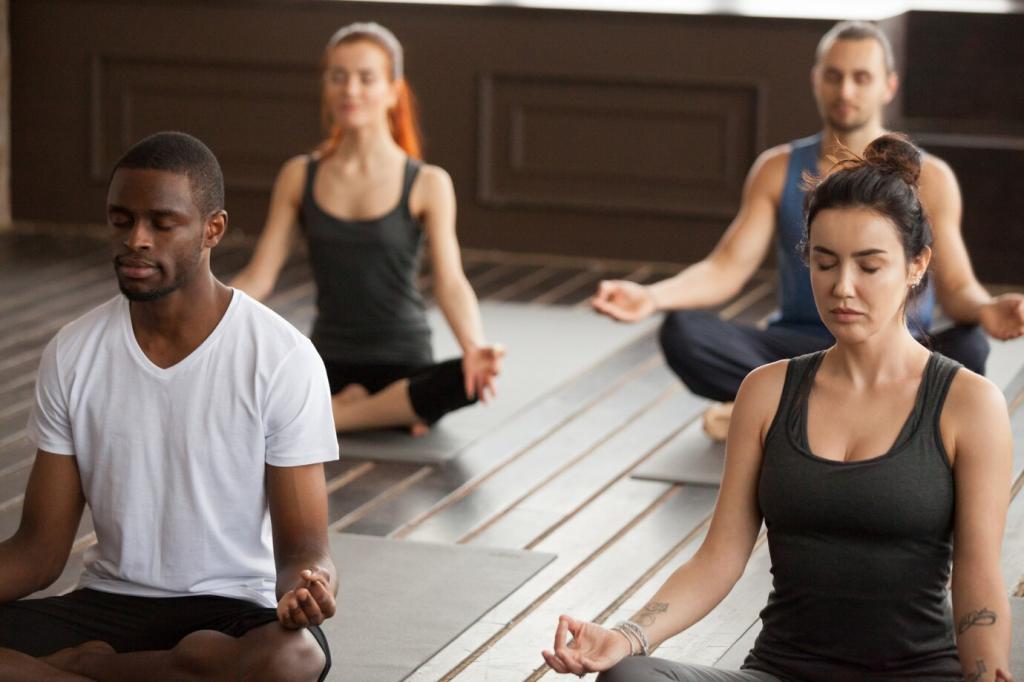What Guided Meditation Really Means
Guided meditation is a spoken journey that leads your attention step by step—breath, body, imagery—so you don’t have to figure everything out alone. Think of it as a friendly map for inner calm.
What Guided Meditation Really Means
It is not mind control, religious conversion, or forcing your thoughts to stop. Rather than erasing thoughts, it teaches a kinder relationship with them, helping you notice, name, and return with patience.
What Guided Meditation Really Means
A soothing voice provides structure and reassurance, easing decision fatigue and activating the social soothing system. This reduces overthinking, supports steady breathing, and keeps your attention gently guided without strain.
What Guided Meditation Really Means
Lorem ipsum dolor sit amet, consectetur adipiscing elit. Ut elit tellus, luctus nec ullamcorper mattis, pulvinar dapibus leo.




